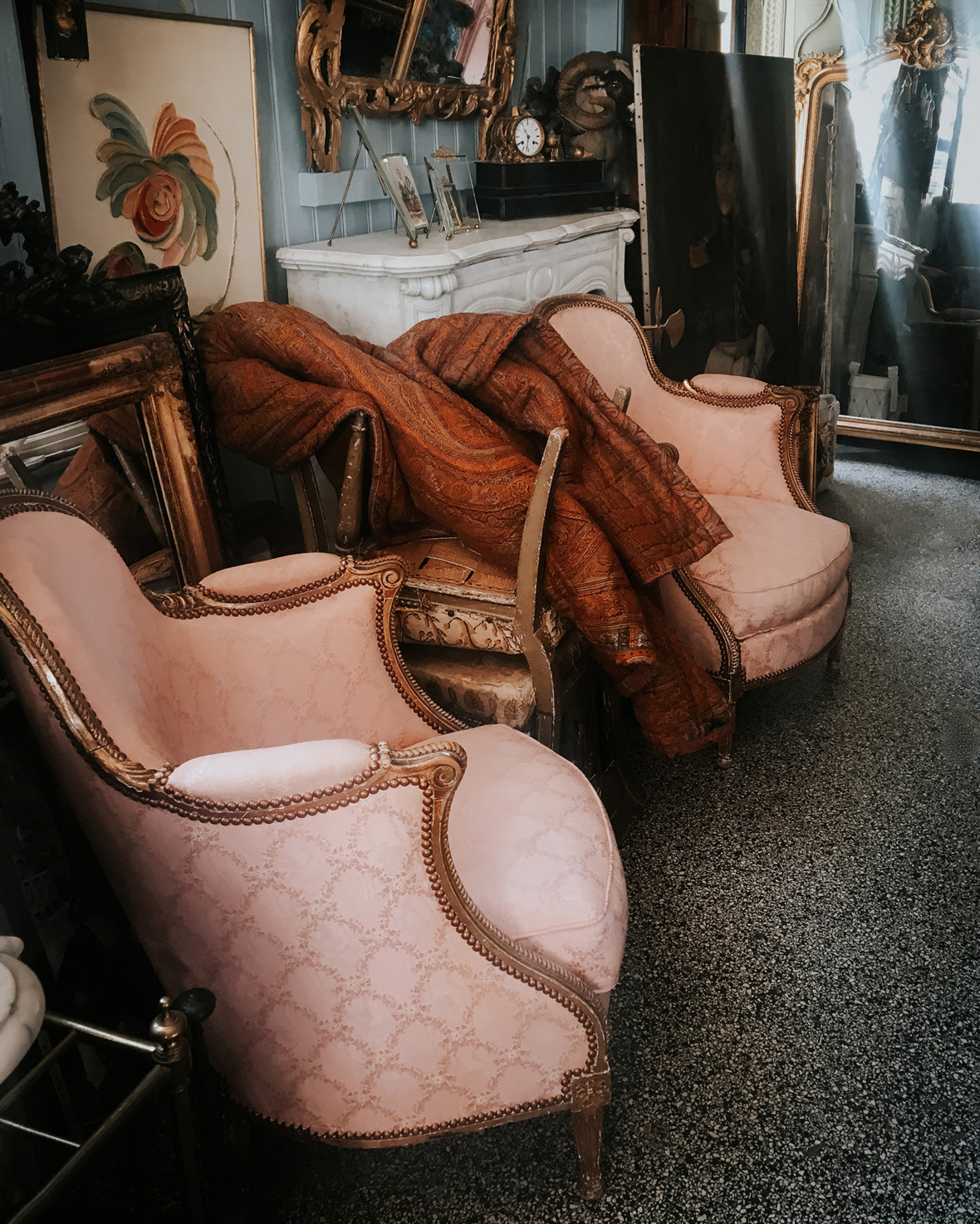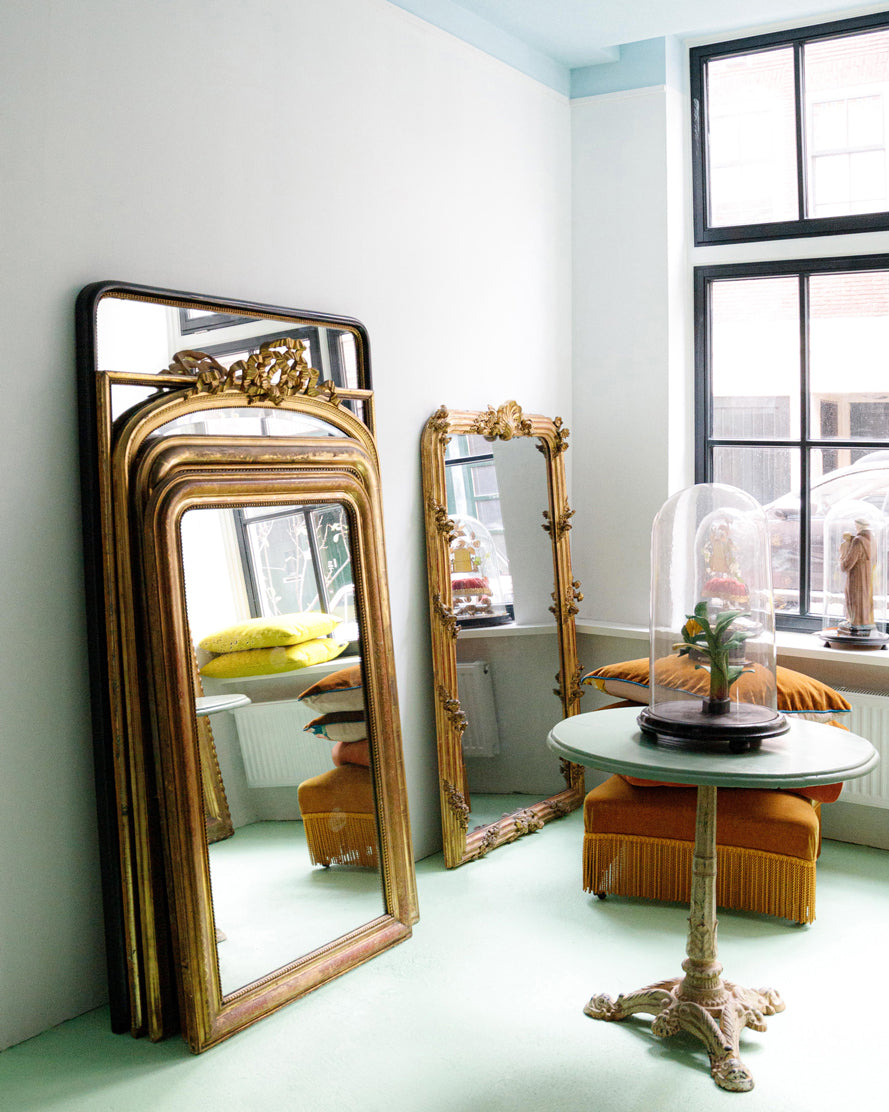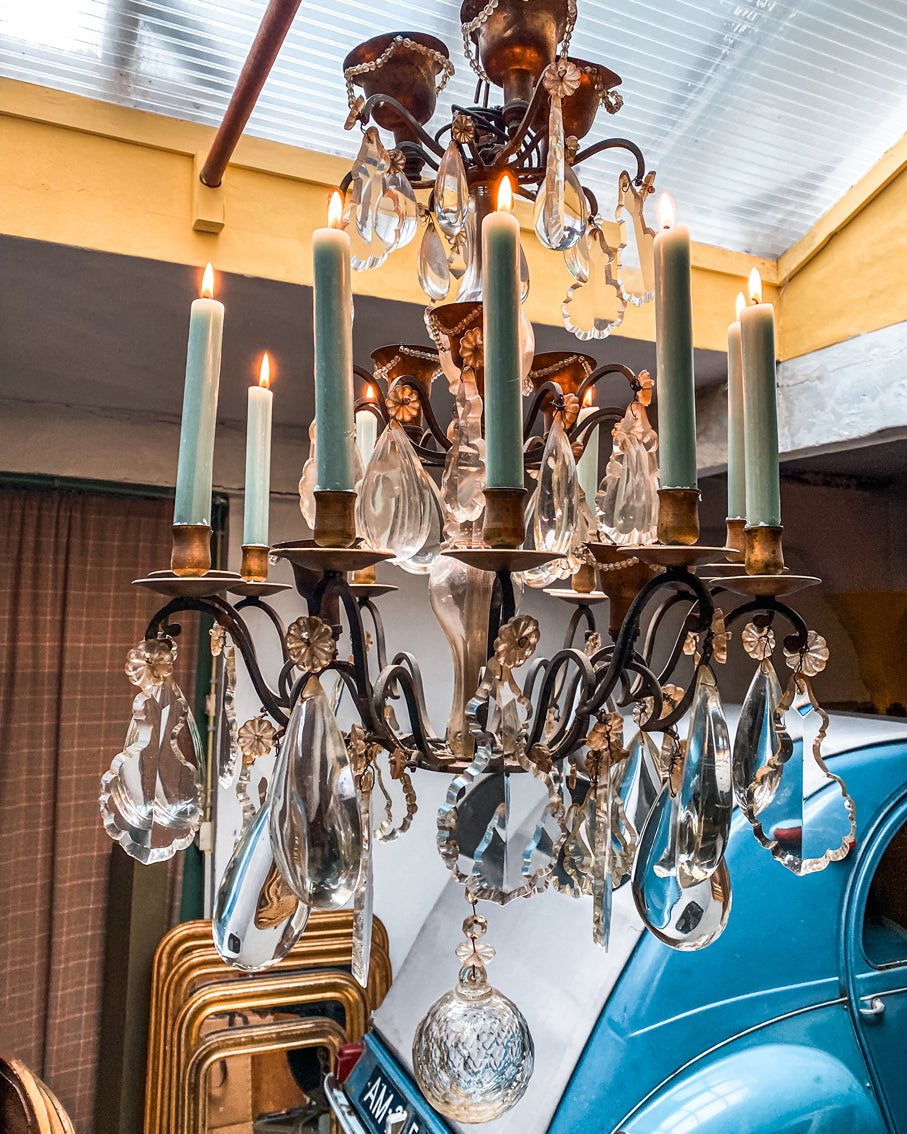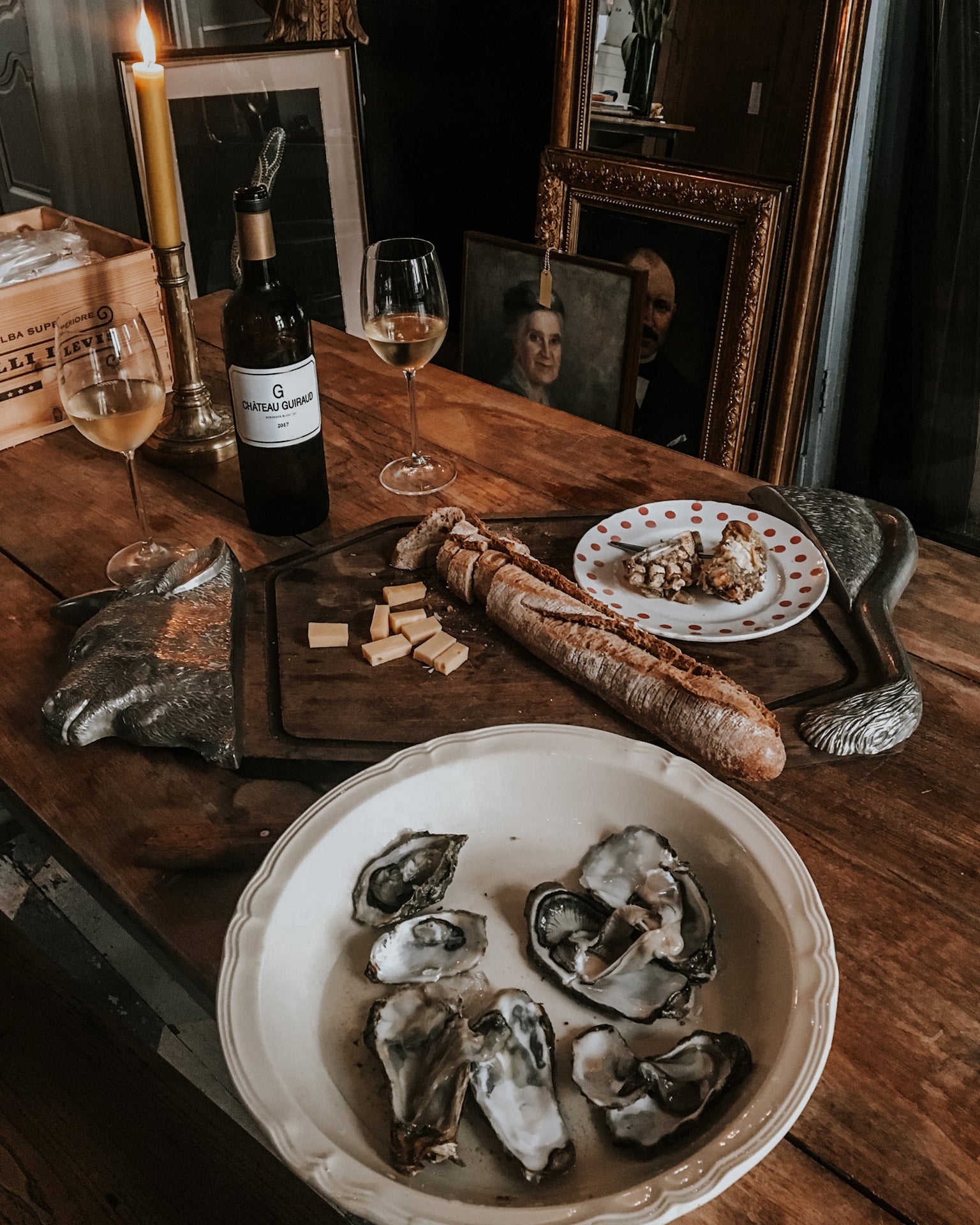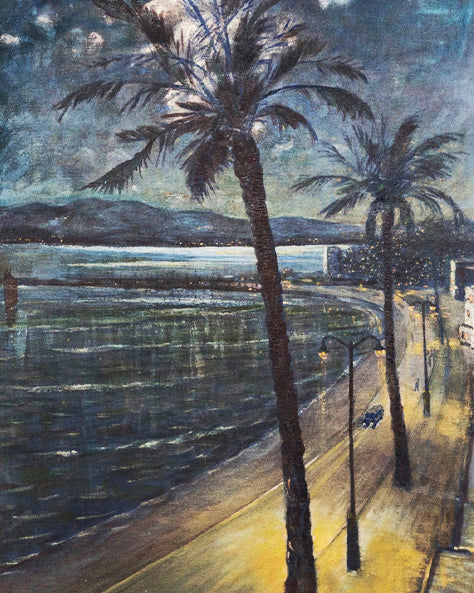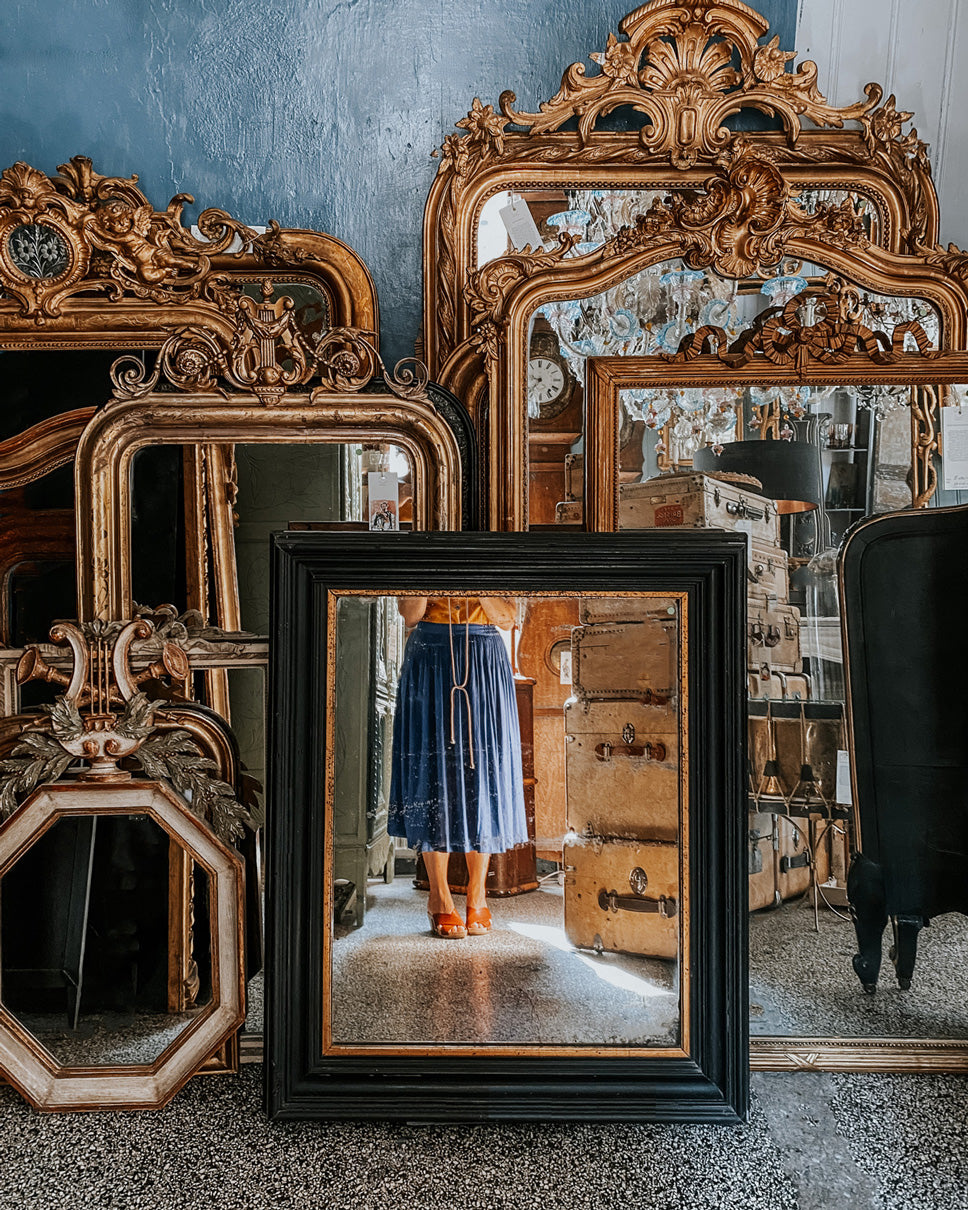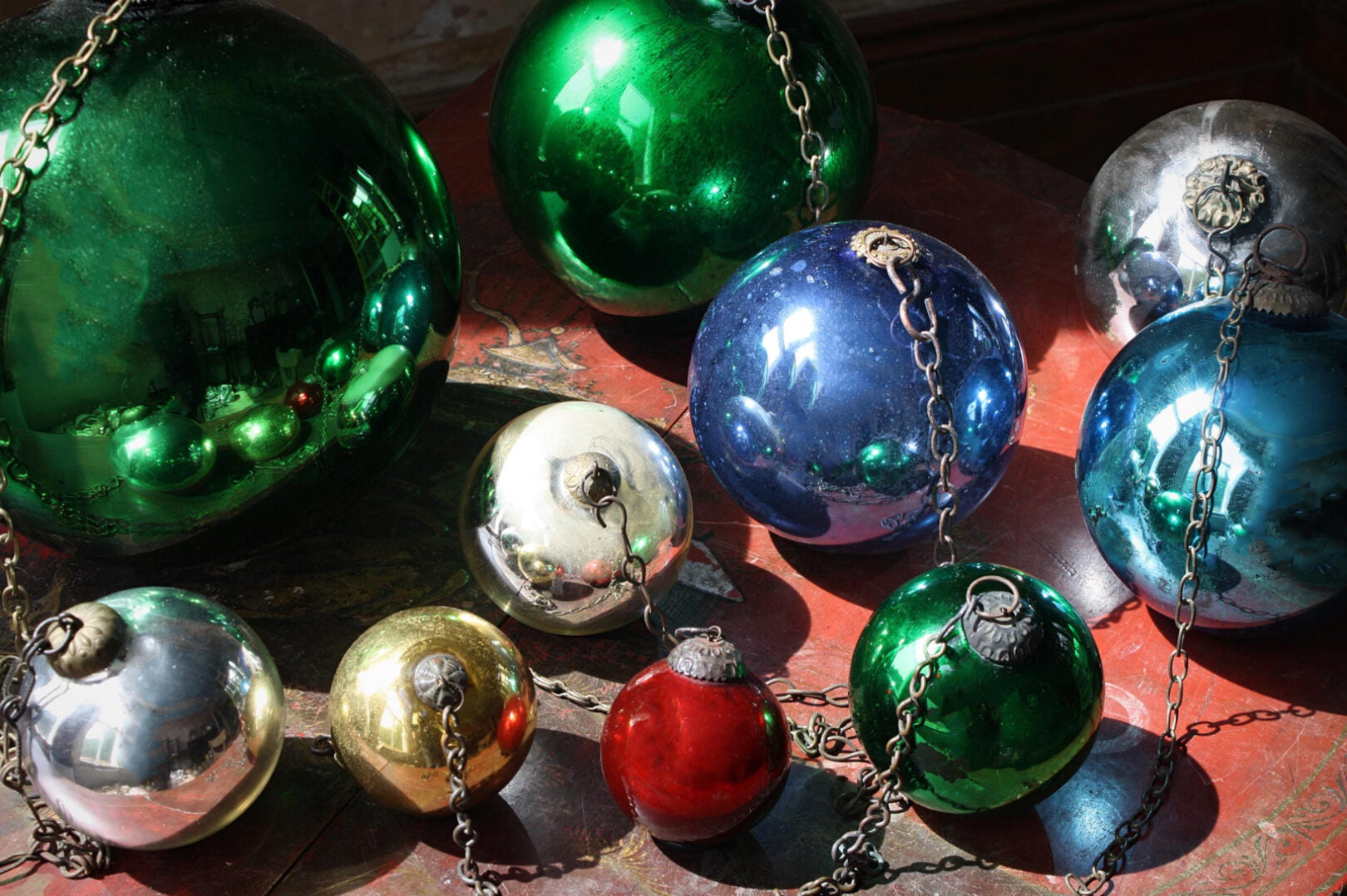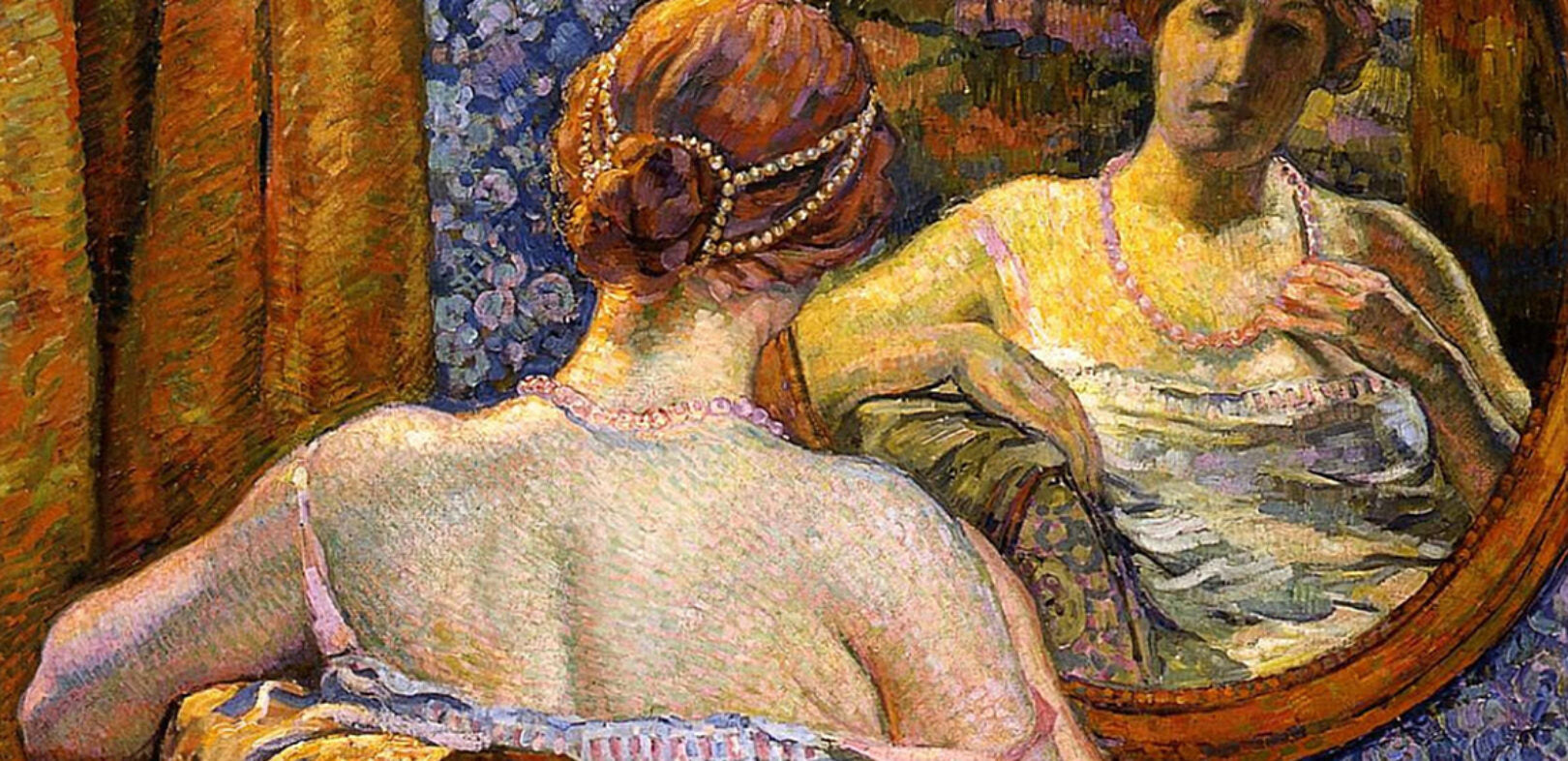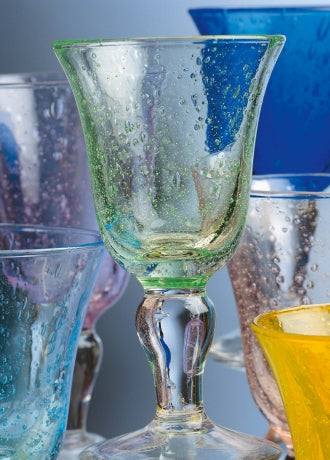Unveiling the Mystery of Witch Balls
Behind these enchanting objects lies a mix of romantic tales and historical whispers. Legend has it that witch balls were hung in windows during the 18th and 19th centuries to ward off malevolent spirits, as witches were believed to be ensnared by their own reflection. By hanging a witch ball, one could witness the entire room reflected, creating a captivating optical effect. Another intriguing theory suggests their origin in the practice of drying salt in front of the fire, associating the balls with warding off the 'evil eye' due to salt's protective qualities.
Origin and Purpose
Witch balls trace their origin to cultures harboring fear of harmful magic and its practitioners. These mystical orbs were believed to guard against evil spirits, hung in windows, placed on vases, or suspended from cords. Folk tales offer various explanations, from attracting and capturing evil spirits with bright colors to preventing witches from entering a room by reflecting their own image. Some variations propose their use to avert the evil eye by drawing its gaze and safeguarding the inhabitants.
Christmas Ornament Connection?
There's a claim suggesting that the modern Christmas ornament ball has ancestral ties to the witch ball, originally placed on trees to dispel envy at the presents underneath.

Buying Witch Balls: What to Look For
If you're considering collecting witch balls, keep an eye out for the following details:
1. Authenticity: Nineteenth-century witch balls should be handblown, exhibiting an uneven surface.
2. Patina: Look for original tarnishing, wear, and spotting on mercury and silver plating, reminiscent of aged mirror plates.
3. Imperfections: Genuine examples may have dimples and imperfections in the glass.
4. Weight: Authentic witch balls tend to be heavy, distinguishing them from lighter modern versions.
5. Metal Mount: Check the metal mount and loop for genuine signs of age.
Final Note of Caution
Legend has it that selling a witch ball brings bad luck. Therefore, if you embark on acquiring one, remember that a witch ball is not just a seasonal decoration; it's a timeless companion.Best of luck with your enchanting collection!

